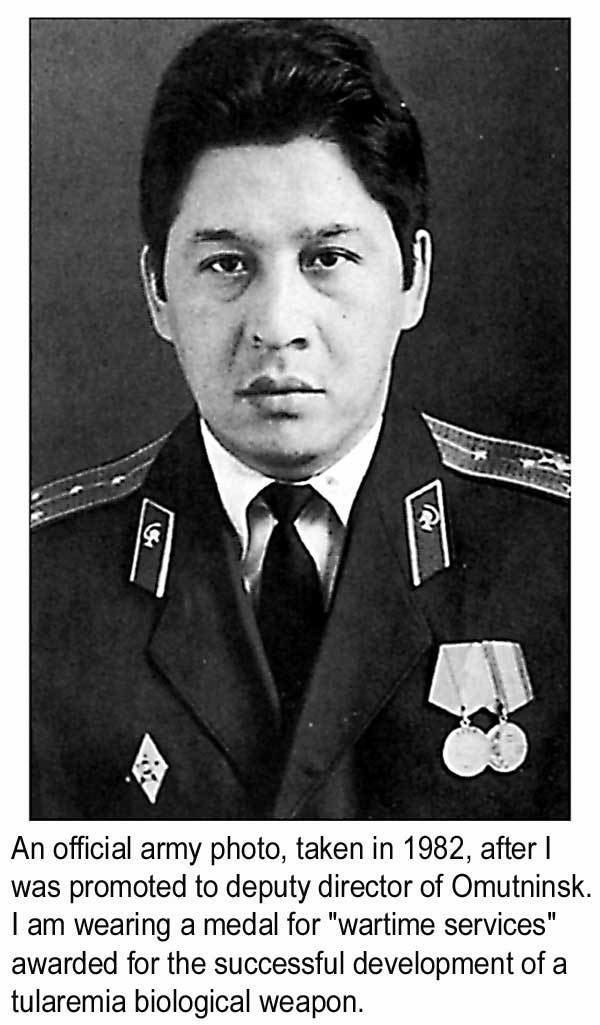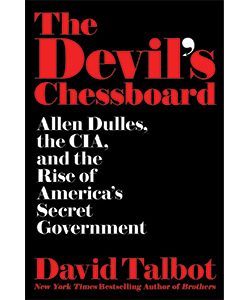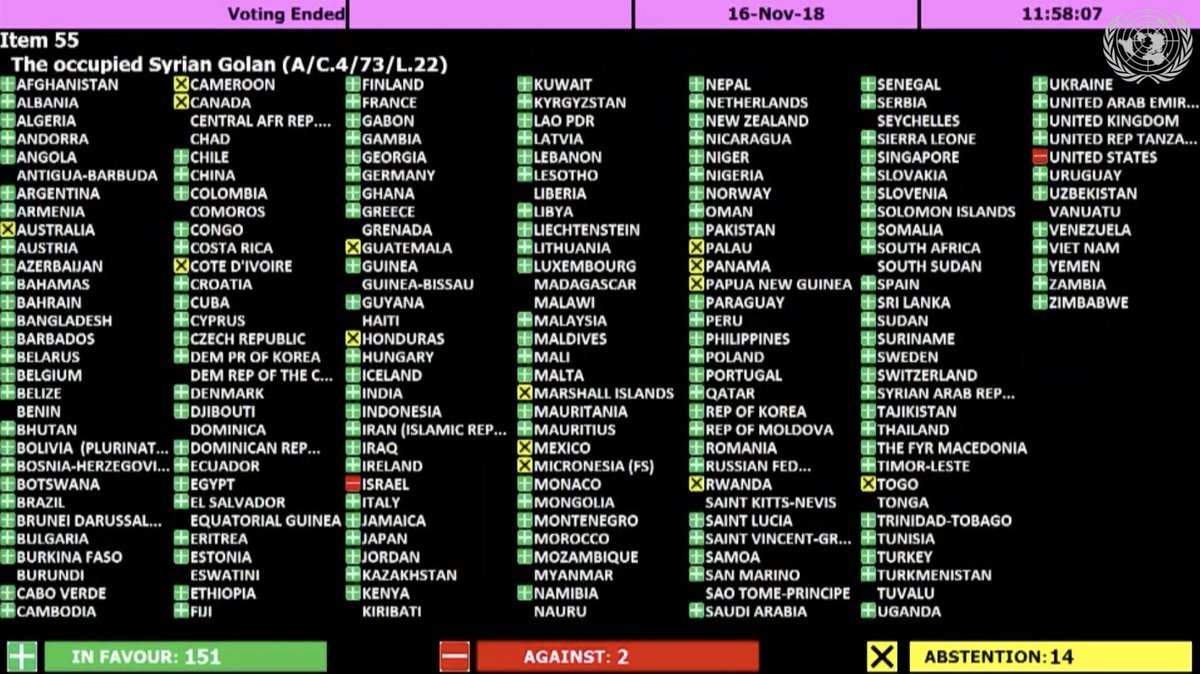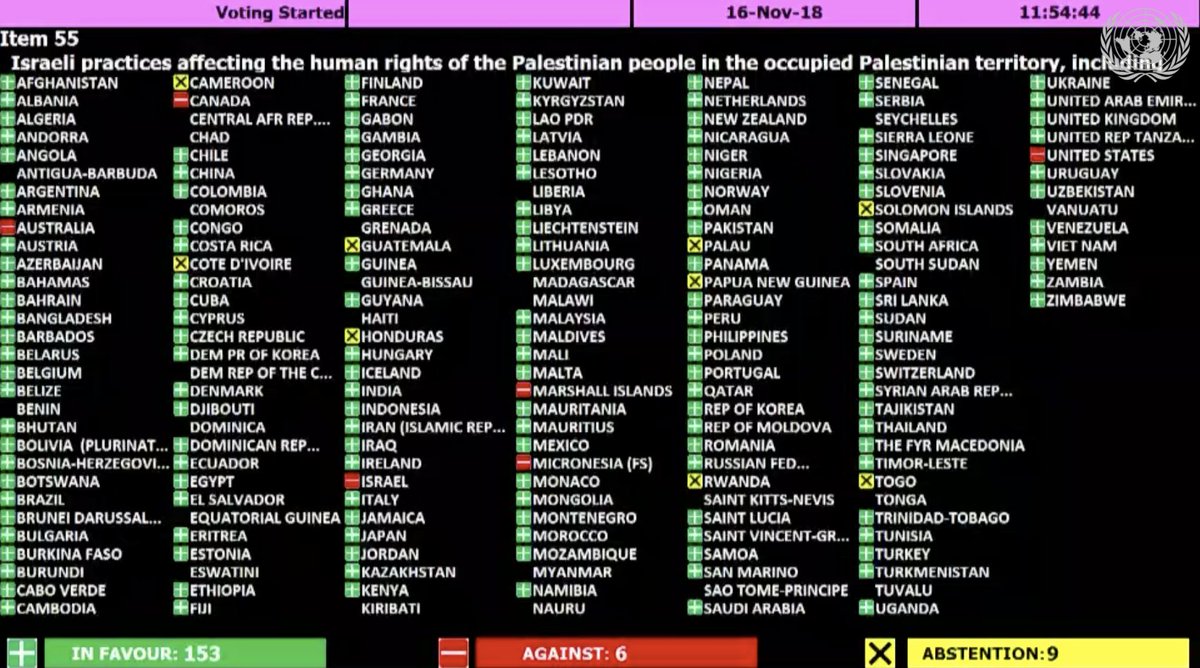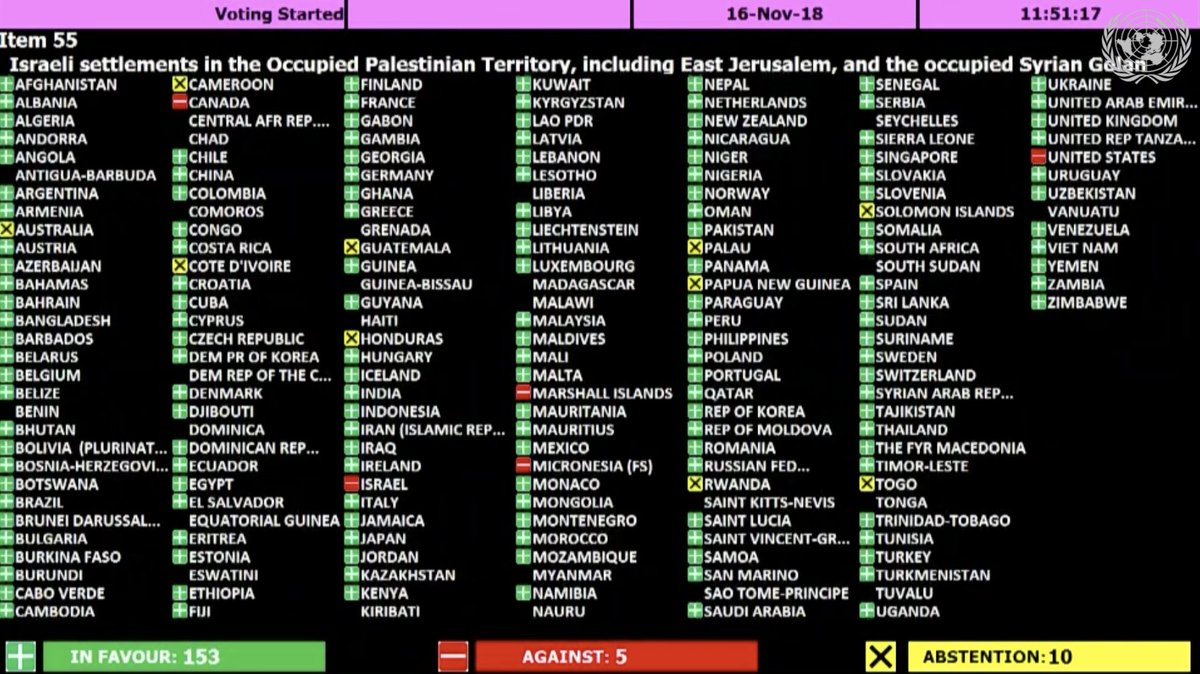Thread.
Recently, Harsimrat Kaur @HarsimratBadal_ claimed in parliament that Guru Tegh Bahadur protected the religion of Hindus despite of being a Non-Hindu. And Hindus owe a huge favor to others.
In this thread, I will show that Guru Tegh Bahadur was every inch a Hindu!
Let us begin with some contemporary sources.
Guru Tegh Bahadur visited the holy Triveni at Prayaga in 1662 CE.
This visit is documented in contemporary Bhat Vahi records.
Unlike those unpublished "bhat vahis", this one was published by Sikh historian Madanjit Kaur (1978)
This Bhat Vahi was signed by Guru Tegh Bahadur.
The content of the letter is particularly striking.
Guru Tegh Bahadur calls himself a devotee of Naina Devi.
Note. A devotee of Naina Devi. He does not mention Akal Purakh or Waheguru.
In the record, Guru Tegh Bahadur identifies himself as Sodhi Khatri by Varna and Kaushish by gotra.
This is exactly how the followers of orthodox Hinduism identify themselves to this date!
Further, Guru Tegh Bahadur appoints a brahmin purohit named Bhoj Raj.
He orders Sodhis of his line and all his Sikh followers to obey the aforementioned Brahmin Purohit.
This practice of appointing purohits is just what is referred to by some people as "Brahmanical Hinduism"



